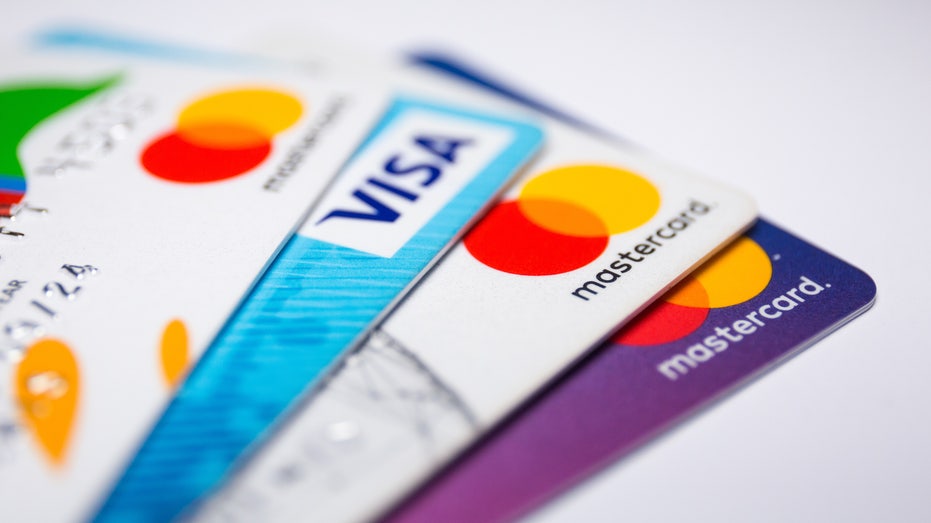- by foxnews
- 08 Apr 2025
These mistakes could tank your credit score
Even small mistakes can negatively impact your credit score; here are some of the most common credit report errors and how you can fix them.

Do you know the difference between 550 and 780? Yes, they're 230 digits apart, but they're also examples of bad and good credit scores, respectively.
If you don't check yours regularly, now's the time to start. Small mistakes are a lot more common than you think, and they can do some serious damage to your credit score. I'll let you in on some of the most common credit report mistakes and what you can do to fix them.
Step 1: Get your free credit report
Step 2: Look for the most common mistakes
Typos or wrong info: Anything from your name spelled incorrectly to your address or your birthdate off by one number. Tiny mistakes can mix up your credit with someone else's.
Duplicates: It's not normal to see a debt twice on a credit report. This includes things like the same collection account, transferred debts showing as separate accounts or paid-off debts still sitting there.
Incorrect account info: Sometimes, payments can mistakenly show up as late, or closed accounts may still show as active. Other times, reports may show the wrong credit limit or mess up your payment history.
Outdated info: Bankruptcies older than 10 years, late payments older than seven years and outdated collections accounts should not be showing on your credit report.
Step 3: Report anything strange
Don't panic! Write down and make copies of anything that looks off, then file a dispute with the credit reporting company by mail, phone or online.
If you're filing online or by mail, explain in writing exactly what's wrong and why, and include copies of documents with proof. Make sure to include your contact info, credit report confirmation numbers and a copy of your version of your credit report.
And always follow up! Bureaus are required to look into your disputes within 30 days. Track its progress until you have a resolution in writing. If your dispute is valid, the bureau has to fix it and tell the other bureaus as well.
A lot of these issues boil down to good old-fashioned human error. It happens, but don't let that stop you from taking charge.
While you're at it, find your job number
Your Employment Data Report (EDR) includes things like where you've worked, when you worked there and your exact past salary numbers.
Trying to get a new job? An employer could use your EDR to find your past salary range and lowball you in negotiations. And, of course, Equifax will sell your EDR to anyone who's buying, including debt collectors.
How to stop it
Then, head back to the dashboard and click Freeze Your Data. Fill out the Data Freeze Placement Form and submit it. The Work Number will send you a freeze confirmation letter, along with a PIN. Save your PIN in your password manager. You'll need it if you ever want to unfreeze your report.
You can always log into The Work Number or call them to unfreeze your report.
If you can't find your employer: They may not be registered with The Work Number. Call the freeze helpline at 1-800-367-2884 to double-check.
Get tech-smarter on your schedule
Award-winning host Kim Komando is your secret weapon for navigating tech.
Copyright 2025, WestStar Multimedia Entertainment. All rights reserved.
- by foxnews
- descember 09, 2016
Ancient settlement reveals remains of 1,800-year-old dog, baffling experts: 'Preserved quite well'
Archaeologists have recently unearthed the remarkably well-preserved remains of a dog from ancient Rome, shedding light on the widespread practice of ritual sacrifice in antiquity.
read more


